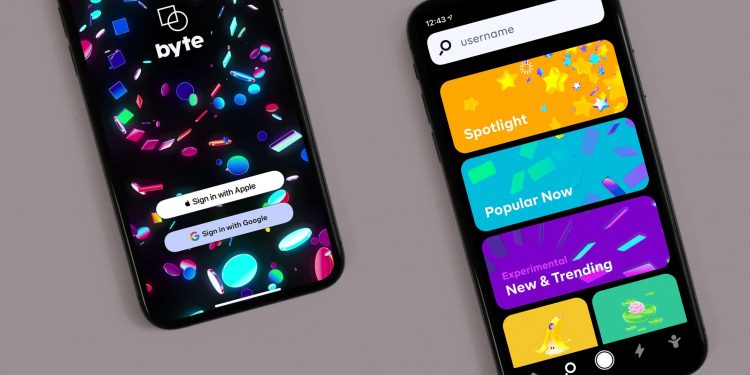A quick Google search of the words “Vine app” does not tell you much about the app itself. Nor do the front page results reveal any enlightening reason for Vine’s skyrocketing popularity amongst iPhone and iPad users. Instead, search results reveal a link to a vague and quote-heavy Wikipedia page. Boring. There is also a link to an NPR report titled “Twitter’s Vine App raises social media age restriction questions.” Slightly more interesting; more on that later. There are four links to blogs pondering out loud about all the ways in which businesses and corporations will, inevitably, cash in on the app. Too corporate. These are the results of a shallow search job. Digging deeper into the Internet will reveal better examples of the mostly-optimistic hoopla surrounding Vine, which is exactly what the front page of the Google results page does not tell us: Vine is really fun.
So, what is Vine? And more importantly, why should you download it? Almost two months old, Vine was bought and launched by Twitter with much anticipation. The premise of the app is simple: it takes six-second videos which are then displayed on a Twitter-like feed. The videos play on a continuous loop, until one scrolls up or down the screen to the next video. Vine’s most unique quality allows users to start, stop and resume video recording, all in the same video. In this way, users become quasi-directors with the ability to make quick cuts to create aesthetically diverse mini-movies. In fact, one popular trend on Vine is six-second movie remakes, which spoof on classic films.
The result is an app that is, whether used for comedy or commercial advertising, incredibly engrossing. Consider briefly the commercial advertising possibilities. What is better than a 30-second commercial? After the answer, “anything is better than a commercial,” the second answer is “a six-second commercial.” Even better than a six-second commercial is an engaging, tailored-to-your-specific-tastes commercial. Much like Twitter’s advertising scheme, which promotes corporate accounts based on data-mined information, Vine will eventually lead corporations to rethink online advertising.
Conjecturing about future corporate endeavors is not where the real fun lies, though it does get to the root of Vine’s appeal and promise. In a WIRED article posted a few days after Vine’s launch, author Mat Honen writes about Vine’s potentially game-changing formula.
“Vine shares more with the animated GIF than YouTube, and almost doesn’t feel like a video app at all. It is its own thing,” Honen writes. “It’s a code that unlocks creativity in six-second bursts, a powerful tool for real-time journalism, an entirely new art form.”
Indeed, successful Vines require creativity. Like Twitter, it has become popular amongst comedians. Unlike Twitter, it requires outward interaction and an understanding of what makes a short video good; but that is not very hard. According to a “Poynter” article written by Mallary Jean Tenore, cognitive research shows that a short video, by nature, is interesting. The logic is simple: It usually takes more than six seconds to lose interest in a video. Furthermore, the creativity factor should not be deterrent. Sound manipulation and unique shots can be likened to the photo editing functions on Instagram.
Currently, Vine still has some basic problems. Finding the best or most popular accounts is challenging. Like everything else on the Internet, it also had an early problem with pornography, which has all but been resolved. There are frequent glitches with the video camera interface, but they are almost inconsequential and easily resolved. Vine’s owners have promised that it will continue to improve the overall quality of the app. While they do that, hone in your video-directing skills, get a group of friends to share videos with and unlock the fun of social creativity.





